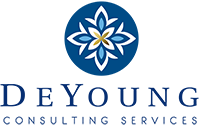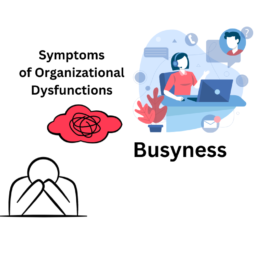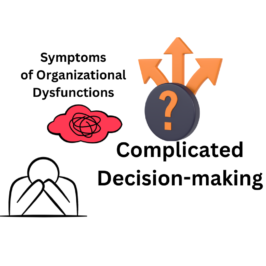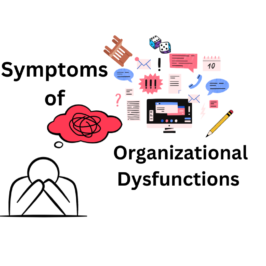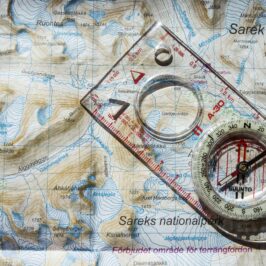For the past three years, Bill Johnston, an evaluator who has served as a subcontractor for DeYoung Consulting Services for a long time, and I have been working on an evaluation project for a state agency. We are charged with converting a paper-based quality improvement tool into an online format; organizations that work separately to improve outcomes for children with special needs, but wish to collaborate to increase their effectiveness, can use this tool to evaluate how well they are collaborating.
The tool includes a library of research article summaries, so I get to use the literature review skills I developed in graduate school. While conducting that research we found a tool that we think is especially helpful for any organization that is collaborating or wishes to collaborate with a partner. Collaboration, of course, is powerful. We believe it’s the most effective tool for bringing together a wide range of talents and resources to solve a problem, build a program, or create something entirely new. Organizations working jointly (rather than independently) are likely to do a broader, more comprehensive analysis of issues and opportunities. They also have complementary resources that diversify their capability to accomplish tasks. But what we call collaboration may not, in fact, be collaboration. True collaboration is a rigorous and intense process.
We’ve found the following framework to be helpful. It’s adapted from: Rebecca Gajda and Christopher Koliba, “Evaluating the imperative of intraorganizational collaboration: a school improvement perspective,” American Journal of Evaluation 26, March 2007, 26-44.
The authors suggest that this collaboration theory framework can be used with stakeholders to be sure you’re all on the same page in terms of expectations. Perhaps, collectively, the group may decide that, despite the benefits, true collaboration is too much work. Or, if you do decide to collaborate, this tool provides a nice framework that can be used to create structures and processes.
There’s lots of research on effective collaboration that I think, when put into practical terms, can be really useful for organizational practice. I’ll share some more in my next blog. Until then…
